AI Apps Deployment with LLM Spark


The implementation of Artificial Intelligence in a wide range of applications has become standard practice in this technological world. LLM Spark is one of the tools that helps this integration go more smoothly. In order to ensure a smooth and effective experience, this blog will help you with the process of developing and deploying AI applications using LLM Spark.
This will provide a detailed walkthrough of the platform’s capabilities, focusing on how to optimise your experience from the initial stages of development to the final stages of deployment. Whether you are new to AI application development, want to improve, or are looking for a tool for prompt engineering, this blog will be a valuable resource in your AI toolkit.
The first step is to create a workspace. Once your workspace is created, you will access tools, manage projects, and maintain the organisation of your developments in this area. It is your digital workspace, where you do all of your work and access features like Multi LLM Prompt Testing, External Data Integration, Team Collaboration, Version Control, Observability Tools, and a Template Directory stocked with prebuilt templates. It is a flexible framework designed to adapt to your project’s requirements, allowing for efficient management of resources and efficient processes.

Once your workspace is established, the next step involves integrating API keys from the platforms you want to use, like OpenAI, Google, and Anthropic. These keys are essential, as they link your LLM Spark projects with these platforms. These keys act as a bridge, allowing your application to communicate and utilise the advanced LLM’s like GPT, Bison, and Claude.

Data is the fuel for any AI application. In LLM Spark, there are multiple ways to ingest data:

Ingesting your data helps perform a semantic search on your documents.

Testing your AI application is a crucial step in its development. LLM Spark enables you to simultaneously experiment with a range of models and prompts, allowing you to assess the most effective pairings for your unique needs. this phase is about exploration and refinement: modifying your prompts, observing the responses from the AI, and making necessary adjustments. This iterative approach is key to improving your application, ensuring that each evaluation step brings you closer to meeting your goals.

The next step is to deploy your prompt after testing and tweaking your prompts. This means that your AI application is now ready to interact with users and perform tasks as designed. Prompt deployment is a simple and convenient method. Just click on the Deploy prompt, and your prompt will be deployed.

The final step to building your AI application with LLM Spark involves the use of LLM Spark packages or APIs to further develop your AI application. For that, you need to generate your API keys for LLM Spark. Once you have these keys, you can access the full suite of LLM Spark functionalities and capabilities, build your AI applications, integrate them with other software, or scale them for larger audiences. LLM Spark provides a range of options, allowing you to build your AI application to your specific requirements.

After successfully integrating the API, it is important to monitor your application’s performance and usage statistics. LLM Spark offers comprehensive observability tools that enable you to track various metrics. These metrics can include total executions, average execution duration, cost, and API usage patterns.

LLM Spark offers a practical and adaptable framework for the development and implementation of AI applications. Deploying AI applications with LLM Spark is a structured yet flexible process. with features like Multi LLM Prompt Testing (Prompt Engineering), External Data Integration, Team Collaboration, Version Control, Observability Tools, and a Template Directory stocked with prebuilt templates. You can ensure that your AI projects are not only well organised but also aligned with business goals by following these steps. LLM Spark provides an accessible platform for bringing your AI applications to life, whether you’re an experienced developer or new to the area of AI.
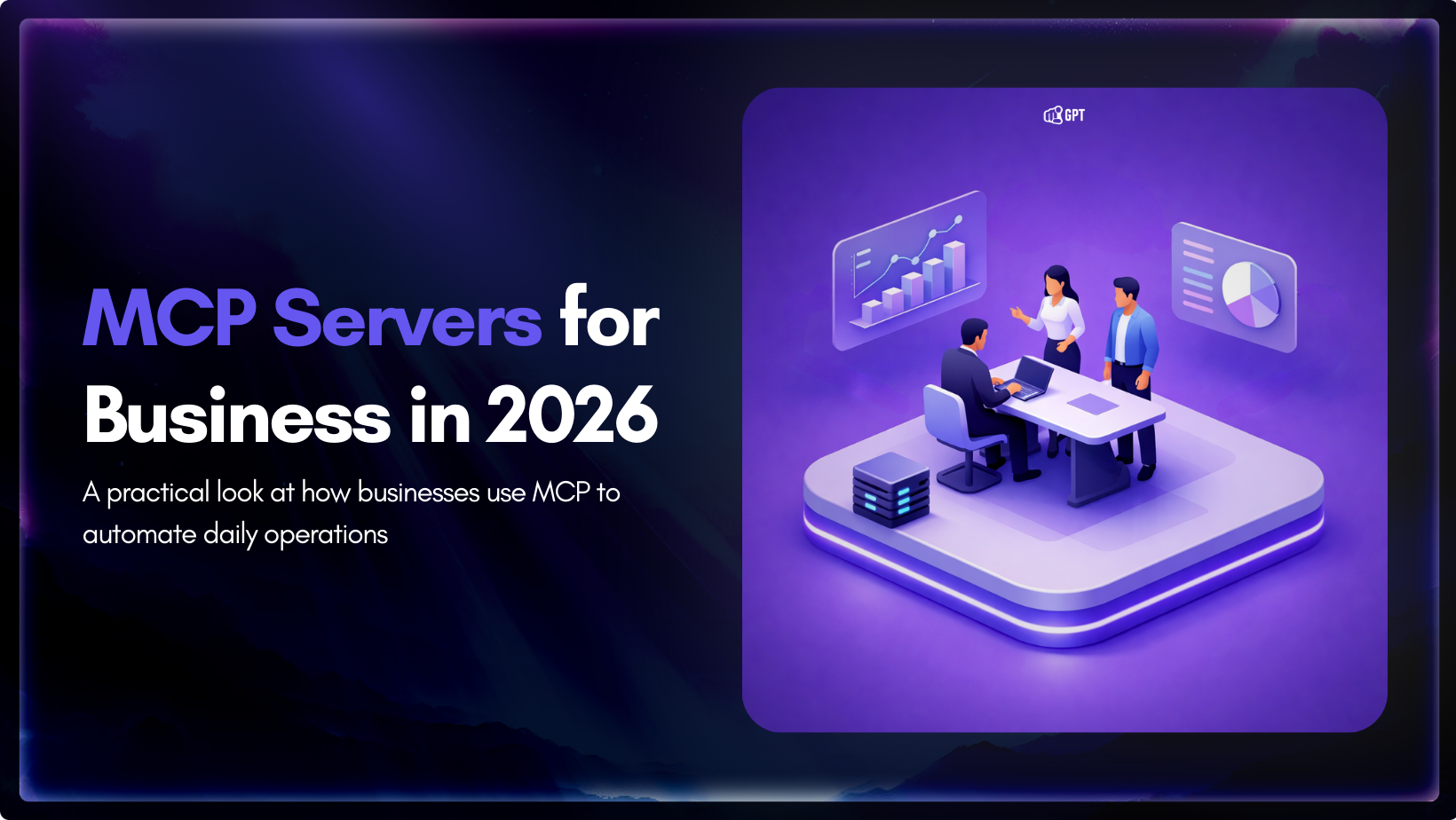
Growth-focused teams move faster when their tools work together instead of competing for attention. Modern development depends on multiple systems to ship code, review changes, monitor services, and access data. Each system serves a purpose, but routine work often means moving between dashboards, scripts, and internal tools. These small transitions shape how consistently a team […]

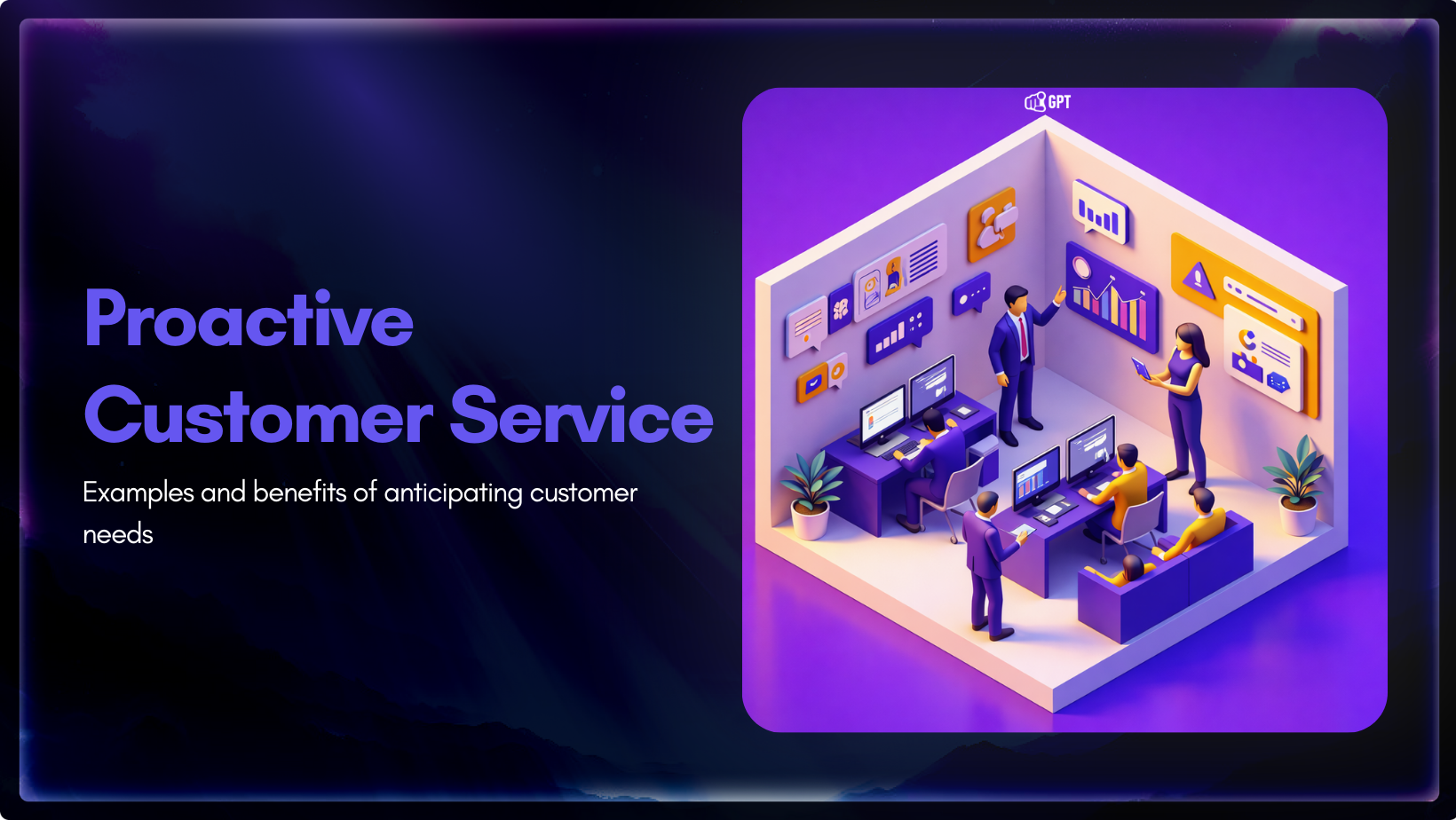
Most customer service moments begin long before a ticket is created. Something feels off. A payment does not go through. A delivery update stops moving. A user gets stuck at the same step and tries again. Customers usually pause, check, retry, and wait before they decide to ask for help. Proactive customer service works inside […]

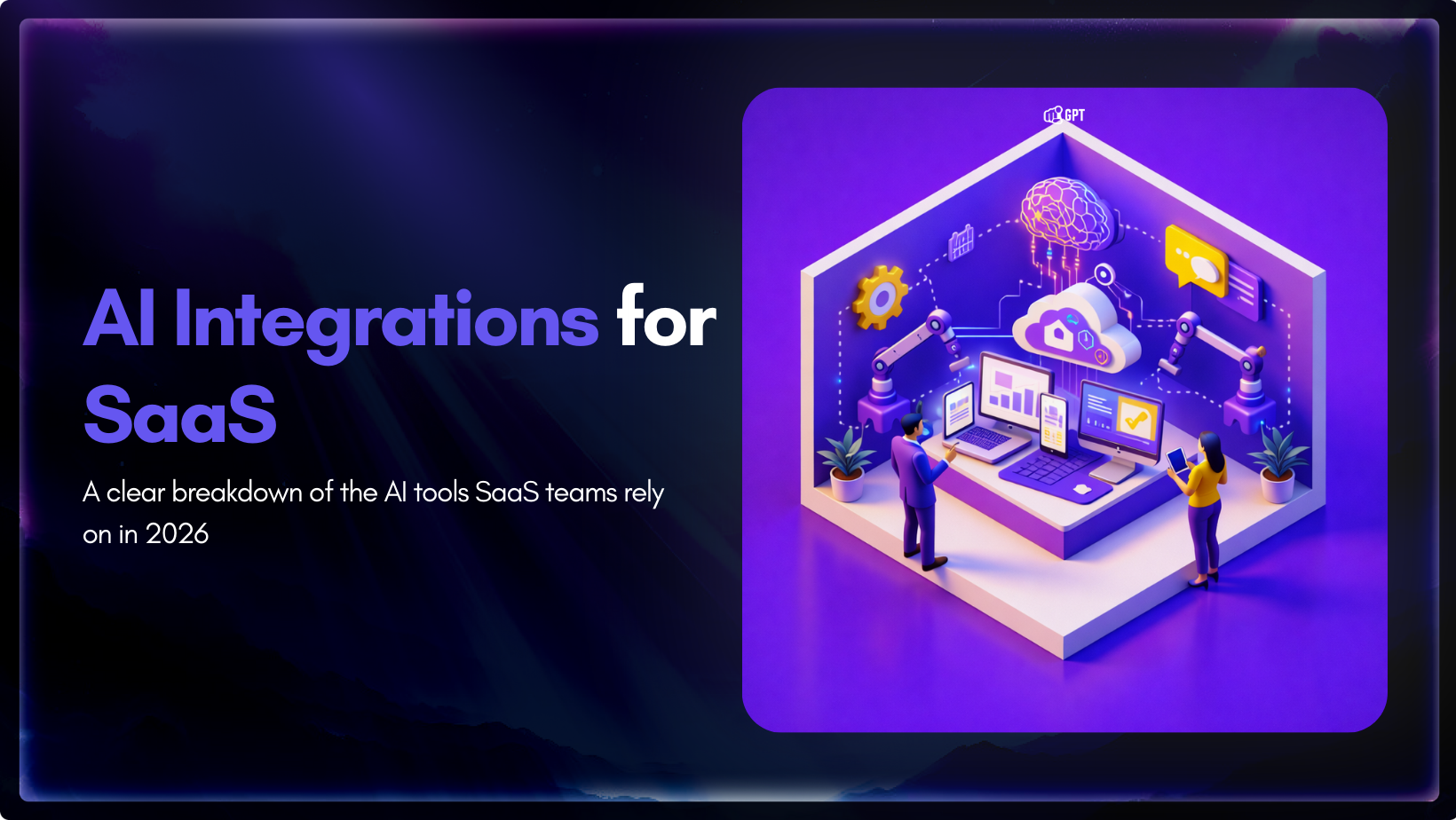
AI has become a core part of how modern SaaS products are built and delivered. In 2026, customers expect intelligent assistance to be available throughout their journey, from onboarding and everyday product usage to support and account management. Inside SaaS teams, AI is increasingly used to speed up workflows, reduce repetitive tasks, and improve how […]

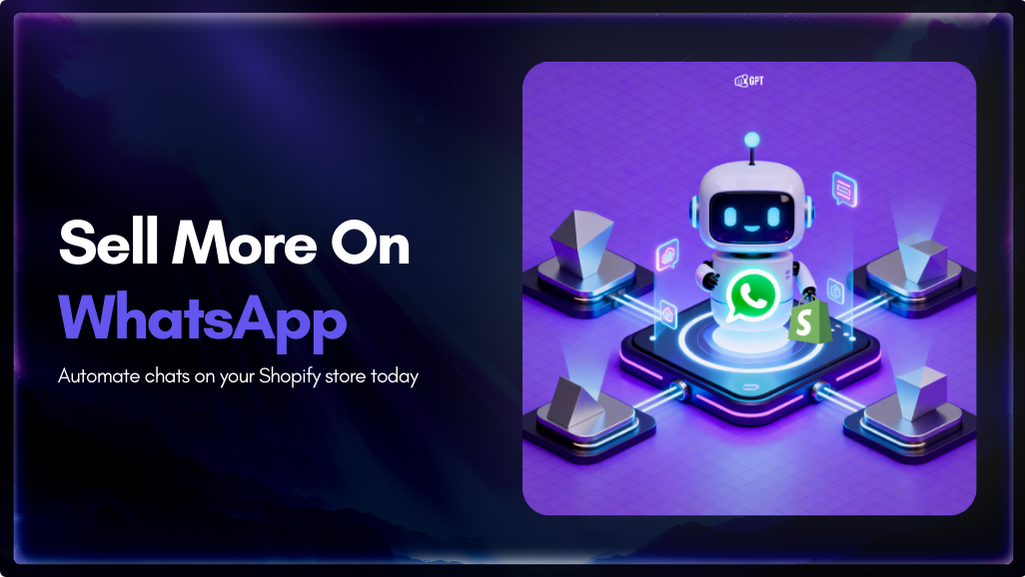
Shopify stores often use a chatbot on their website to handle product questions, order updates, and support. But customers also message on WhatsApp expecting the same quick answers. Most of them already use WhatsApp throughout the day, so reaching out there feels natural. A chatbot that works across both channels responds in seconds, guides purchase […]


Most businesses do not struggle to generate leads. They struggle to know which ones are worth acting on. Forms get filled, DMs arrive, emails are opened, and chats happen across multiple tools. Some prospects convert. Most do not. The real problem is that there is no reliable way to tell, early enough, which signals actually […]

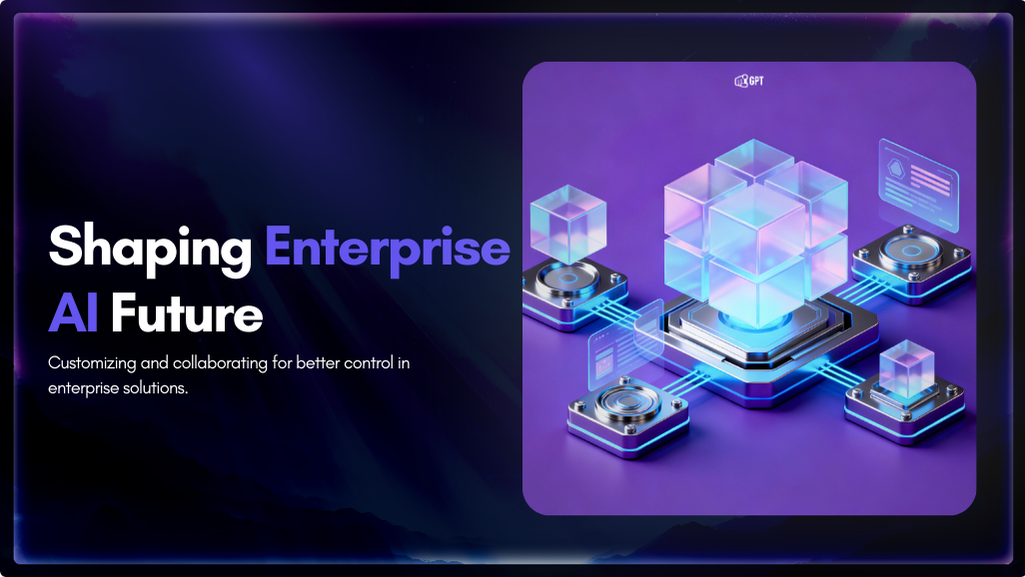
Artificial Intelligence has advanced quickly over the past five years, moving from an experiment to a standard component of modern business. AI has become a central part of enterprise strategy. 88% of organizations are now using AI. This figure has increased from 78% the year before. This transformation is reshaping how companies run, communicate, and […]
